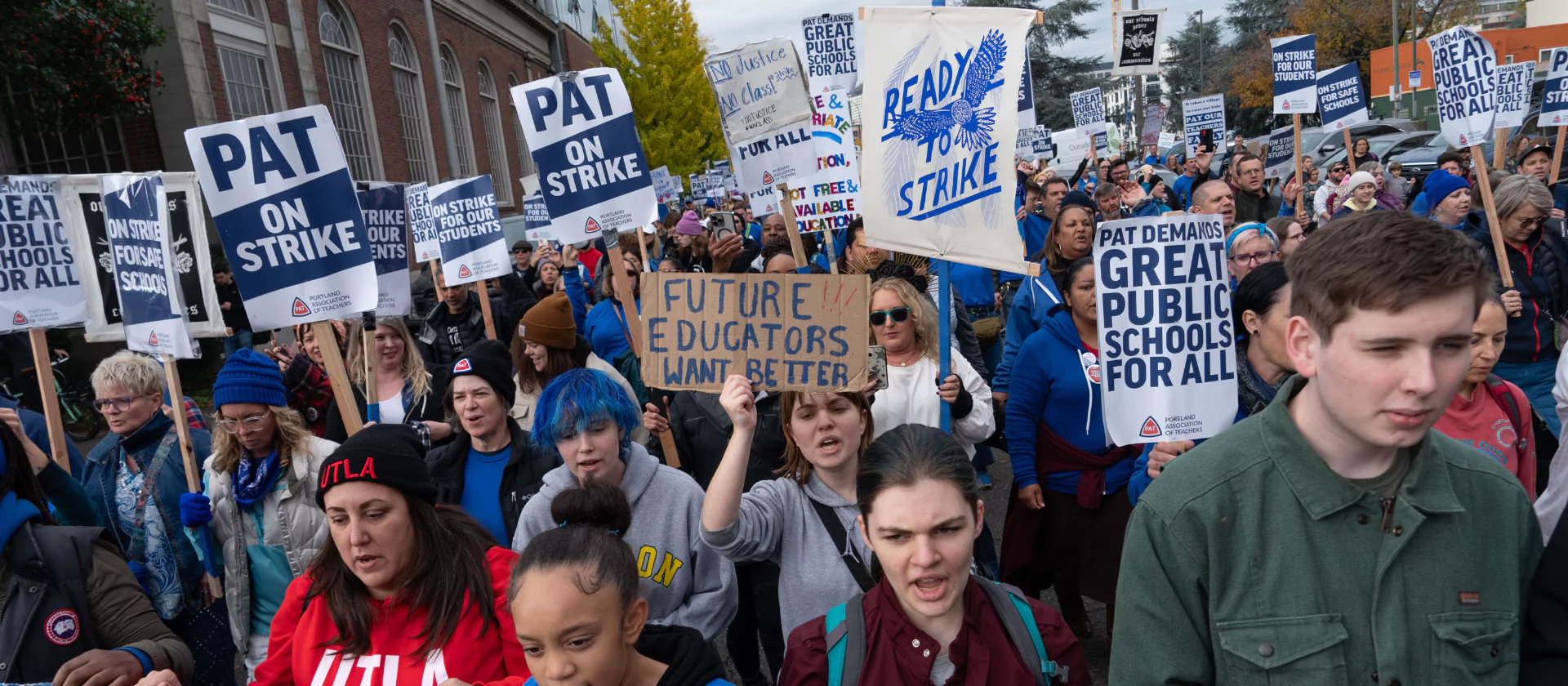Executive Summary
Long-term unemployment continues plague workers in Oregon and around the country. Tens of thousands of unemployed workers in states with high unemployment, such as Oregon and Washington, are currently eligible for federal extended Unemployment Insurance benefits under the Temporary Extended Unemployment Compensation (TEUC) and the Extended Benefits (EB) programs.
These extended benefit programs provide a vital support for families of workers who have lost their jobs and are unable to find work because of the depressed economy. In September more than 195,000 federal extended benefit payments were made to unemployed Oregonians. Since March 2002, payments to unemployed Oregonians from these programs have totaled nearly $650 million.
Download a copy of the report: Looking Forward to Changes in the “Look Back” Rule
These extended benefits are in danger of disappearing for tens of thousands of unemployed Oregonians – even if unemployment remains high and even if Congress extends the TEUC program, which is slated to expire in December 2003.
To be eligible for the EB program and the full 26 weeks of benefits under the TEUC program, a state must have a three-month average unemployment rate that is above 6.5 percent and is 10 percent higher than the same period in either of the two previous years. This second requirement, known as the “look back” rule, threatens to eliminate federal extended benefits for tens of thousands of unemployed Oregonians. Oregon’s unemployment rate has been high for over two years, but the “look back” rule requires that unemployment continue to rise indefinitely for states to remain eligible for benefits.
If Oregon’s unemployment rate declines even slightly over the next few months, it will fall below levels required to maintain “high unemployment” extended benefits under the “look back” rule. Oregon’s unemployment rate was 8.1 percent in September and it is expected to decline slowly in the coming months. Under the “look back” rule, the average unemployment rate for the three-month period ending in March 2004, would have to rise to 8.3 percent; if it doesn’t the program will end in March. Unless this obscure provision of both the TEUC and the EB programs is changed, long-term unemployed Oregonians will be left without any assistance.
Congressional action is needed to prevent Oregon’s long-term unemployed from losing benefits before the job market recovers. Simply extending the TEUC program, as is being considered in several bills, is not enough. To continue receiving benefits, the long-term unemployed in Oregon need the “look back” rule to be eliminated from the TEUC and the EB programs. Oregon’s Congressional delegation should work to eliminate or change the “look back” rule so that states with chronically high unemployment will still be able to tap these important benefits for their long-term unemployed workers.






